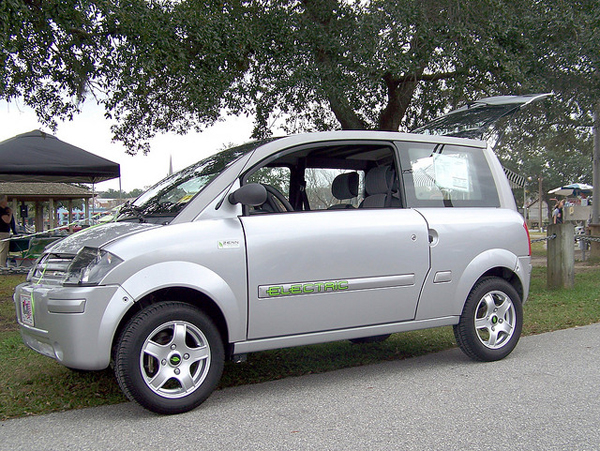In the world of electric vehicles, one way to break them down into categories is by speed. Most default to models from the likes of Tesla Motors and Ford, being capable of hitting speeds well above the regular speed limit, but another part of EVs are considered low speed electric vehicles. These are generally seen as not being highway legal and going under 25 miles per hour. A growing number of states, however, are now starting to classify a grey area in between as medium speed, with California perhaps becoming the latest to do so.
California Assembly members Brian Nestande, (R- Palm Desert) and Jose Medina, (D-Riverside) have announced what they are calling a a bipartisan measure, Assembly Bill 225, that would create a new Medium Speed Electric Vehicle (MSEV) classification in California. MSEVs are classified as electric vehicles which can go 35 miles per hour or higher. Under the proposed legislation these vehicles could operate up to posted speed limits of up to 45 mph. They must have a fully enclosed passenger compartment, be propelled by an electric motor and must meet or exceed the requirements for safety equipment as set forth by federal regulations.

As the San Diego Union Tribune points out, and what is perhaps the most significant impact of this measure, these MSEVs wouldn’t be allowed on highways, but they would have greater range to roam across towns on streets which have the higher posted speed limit. What the new legislation is targeting, Nestande told the newspaper, “is something different that can travel faster and is safer because the cab is enclosed, with doors and window frames.”
Low speed electric vehicles, for the most part, are “upgraded” golf carts, though not all vehicles we’ve seen in that designation are that. That being said, even these more fancy LSVs could benefit from the higher speed limit classification in allowing their owners to go more locations. They could also be something of an economic boom to California, as it is reported several companies in the state that specialize in either the importation or manufacturing of LSVs and MSEVs could see in increase in operations as a result.
11 other states allow MSEVs to operate at 35 mph or faster on public roadways, including: Indiana, Kentucky, Maryland, Massachusetts, Minnesota, Oklahoma, Oregon, Tennessee, Texas and Washington.